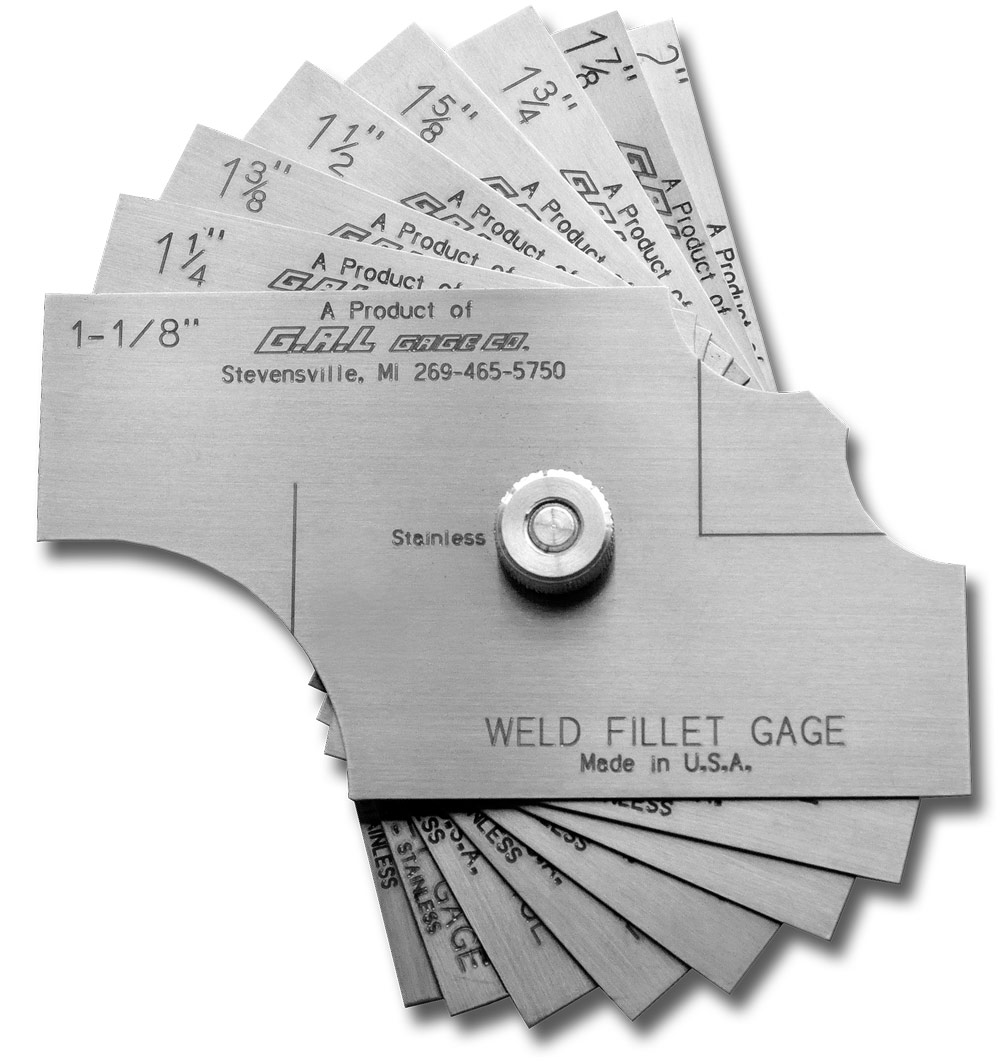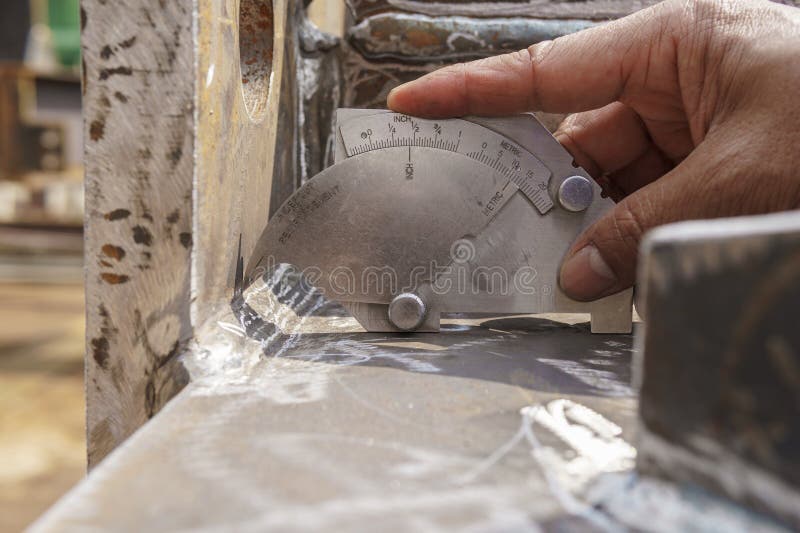Leading Techniques for Measuring Gauge Fillet Weld Precisely
Leading Techniques for Measuring Gauge Fillet Weld Precisely
Blog Article
Fillet Weld Design Strategies: Maximizing Joint Performance and Visual Appeal for Structural Honesty
In the world of architectural engineering and fabrication, the value of fillet weld layout methods can not be overstated. These approaches play an essential role in not just making certain the efficiency and architectural stability of joints yet likewise in boosting the total looks of the finished item. By meticulously thinking about variables such as weld profile optimization, material choice, joint prep work techniques, welding process performance, and visual enhancement designers, producers and techniques can accomplish an unified equilibrium in between performance and look in their bonded frameworks. The fusion of these elements not only causes robust joints but likewise raises the aesthetic allure of the last item.
Weld Profile Optimization


Achieving an optimum weld profile involves a thorough consideration of elements such as material thickness, joint arrangement, welding setting, and desired welding rate. Additionally, the selection of proper welding parameters, such as voltage, present, and take a trip speed, is basic in controlling the form and dimensions of the fillet weld. Using advanced welding strategies, such as pulse welding or robotic welding, can additionally refine the weld profile to satisfy particular layout needs and high quality criteria.
In essence, weld account optimization is a fundamental element of fillet weld design that straight affects the overall efficiency and integrity of welded joints in architectural applications.
Material Choice Factors To Consider
When considering material choice for fillet weld layout, the compatibility of the base steels is a vital variable affecting the structural stability of the joint. It is necessary to pick materials that not only weld with each other properly but likewise have similar mechanical homes to make certain the load is evenly distributed in between the base and the weld steels. Welding products with significantly different residential or commercial properties can bring about issues such as tension concentrations, premature joint failure, or cracking.
Additionally, the atmosphere in which the bonded framework will certainly run need to be considered when picking products. Variables like deterioration resistance, temperature level variations, and direct exposure to chemicals can all impact the longevity and efficiency of the weld joint. By picking products that are appropriate for the designated application and atmosphere, the general toughness and dependability of the welded joint can be considerably enhanced.
Therefore, extensive consideration of material compatibility and ecological aspects is critical in guaranteeing the weld joint's stamina, sturdiness, and overall architectural stability.

Joint Prep Work Techniques
Taking into consideration the crucial role product option plays in ensuring the architectural stability of fillet weld joints, it is vital to implement precise joint prep work strategies that maximize the connection in between the base metals. Joint preparation is a critical action that directly affects the high quality and strength of the weld. One essential method is the cleaning of base steels to eliminate any impurities like rust, oil, or paint that could jeopardize the weld's integrity. This can be accomplished through approaches such as grinding, cable cleaning, or chemical cleaning.
Additionally, correct fit-up of the joint is necessary to ensure consistent circulation of the welding product and stop site web defects like incomplete penetration or too much accumulation. Beveling the sides of the base steels can develop a groove that enables deeper weld penetration and a more powerful bond. In addition, tack welding the components in position before the last weld aids maintain positioning and lessens distortion throughout the welding process. By thoroughly adhering to these joint prep work techniques, welders can enhance the general performance and aesthetic appeals of fillet weld joints while making certain architectural sturdiness.
Welding Process Performance
Efficient welding procedures are important for attaining ideal performance and top quality in fillet weld construction. Procedures like gas metal arc welding (GMAW) and flux-cored arc welding (FCAW) are generally used for fillet welds due to their convenience from this source and speed.
Moreover, making certain appropriate tools setup and maintenance is critical for efficient welding. Normal calibration of welding machines, inspection of consumables, and upkeep of soldering iron can prevent downtime and remodel, inevitably conserving time and sources. Additionally, employing experienced welders with experience in the particular welding procedure being utilized can dramatically affect effectiveness. Well-trained welders are a lot more experienced at Visit Your URL changing criteria, repairing issues, and maintaining consistent weld high quality.
Visual Enhancement Techniques
To enhance the high quality of fillet weld manufacture, applying aesthetic improvement approaches can play a critical duty in making certain accuracy and precision throughout the welding procedure. Visual aids such as weld dimension assesses and amplifying lenses can help in analyzing weld accounts and dimensions accurately. By incorporating these aesthetic enhancement methods into the welding process, welders can attain not just structurally sound fillet welds yet additionally visually appealing results that meet sector criteria.

Conclusion
Finally, enhancing fillet weld style involves mindful factor to consider of weld profile, material option, joint preparation, welding process efficiency, and visual improvement techniques. By implementing these approaches, architectural integrity can be boosted while additionally attaining visual charm. It is essential to focus on both performance and aesthetic appeals in fillet weld design to make certain the general quality and durability of the joint.
By thoroughly considering variables such as weld profile optimization, product selection, joint prep work techniques, welding procedure efficiency, and visual improvement techniques, makers and engineers can achieve an unified balance between performance and appearance in their bonded frameworks.In the realm of fillet weld design, enhancing the weld profile plays an essential function in making certain structural integrity and performance. The weld account, which consists of the size and shape of the weld cross-section, directly affects the circulation of stress and load-bearing capacity within the joint. It is necessary to pick products that not only bonded with each other properly but also possess similar mechanical residential properties to make certain the load is uniformly dispersed in between the base and the weld steels - Gauge Fillet Weld.In verdict, maximizing fillet weld layout entails mindful factor to consider of weld account, product option, joint prep work, welding procedure effectiveness, and aesthetic enhancement approaches
Report this page